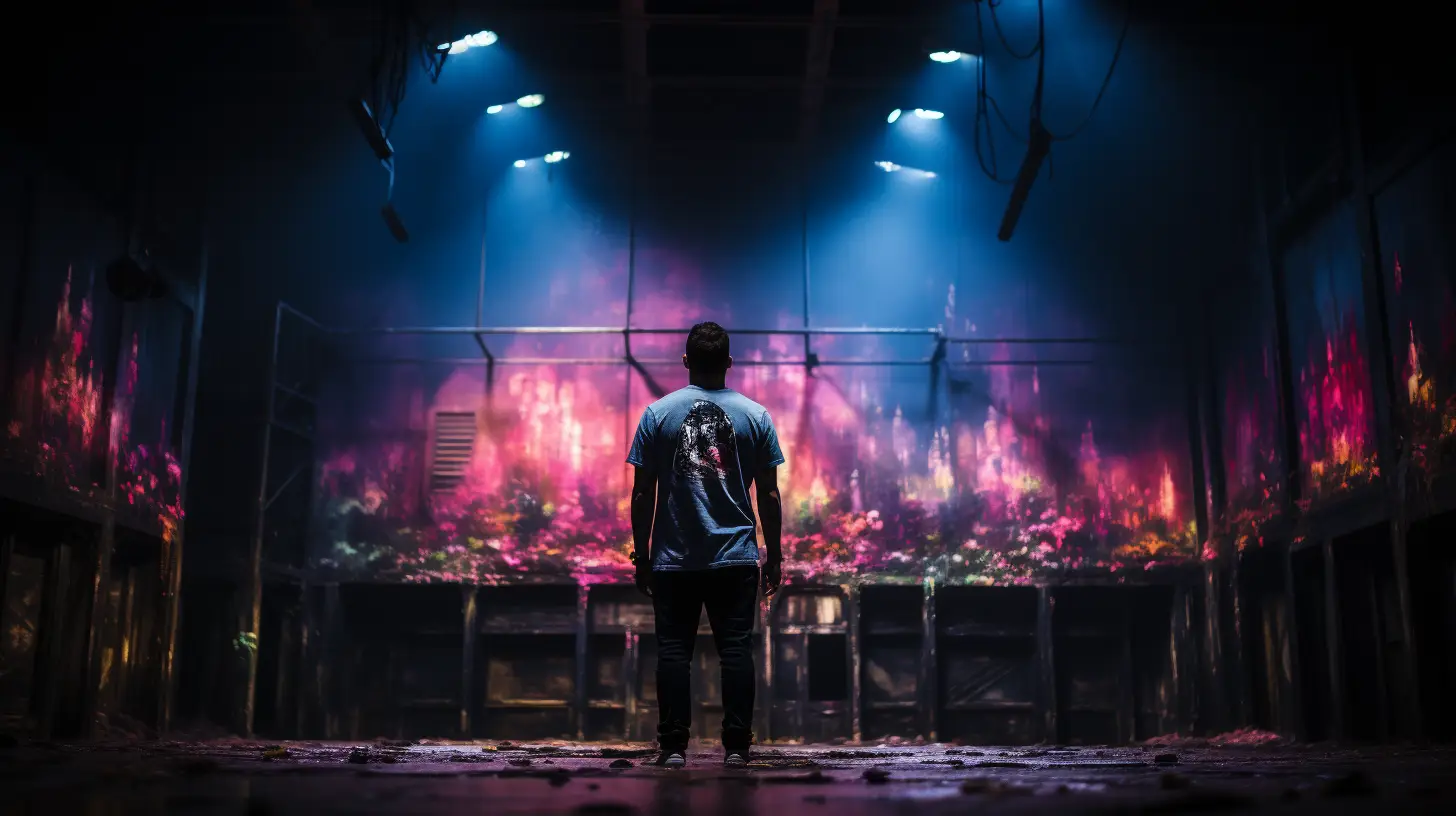
Story Studio: Revolutionizing Narrative Creation Across Platforms
Storytelling isn't just an art, it's a force multiplier in every field imaginable. Did you know that companies that adopt storytelling as a core part of their marketing strategy see up to 23 times more engagement? If you're not telling a story, you're probably just background noise.
So, what's a Story Studio? Picture a lively think tank where creativity meets strategy. Unlike traditional storytelling which often revolves around a single narrative shared across static channels a Story Studio thrives in the digital age by creating changing, multi layered narratives that reconcile to various platforms. It's where novelty fuels narrative creation, where stories get crafted into experiences. And let's face it, in a content driven world that becomes more chaotic by the day, having a Story Studio isn't just nice, it's essential. It's not merely about passing along information, it's about building experiences that relate.
The Essence of Storytelling
What makes a story truly compelling? It's a cocktail of characters that feel alive, conflicts that evoke emotion, and resolutions that offer closure. It's about finding that magic balance where authenticity shines through, and relatability makes the audience nod, “Yeah, I get it.” When a story pulls at our heartstrings or challenges our views, that's when you've struck gold.
Stories don't just entertain, they act as neural fireworks in our brains, lighting up pathways associated with emotion and memory. Whether you're in marketing, education, or even a casual conversation at the coffee shop, the power of a good tale can't be overstated. For instance, think about how Apple often frames its products with stories of novelty and creative disruption, making us feel like we're part of a movement rather than just customers.
The Evolution of Story Studios
From the days of oral traditions woven around campfires to the slick, high tech narratives we consume online, storytelling has evolved spectacularly. Just as cartoons gave way to Pixar's ingenious emotional storytelling, we see a change in the approach to narratives. Today, our Story Studios are armed with infinite tools to create digital masterpieces.
Let's shine a spotlight on some meaningful innovators. Consider TED Talks: they've elevated simple presentations into mesmerizing stories that influence millions globally. The storytelling techniques masterfully displayed here have inspired many businesses to ditch dry reports for compelling narratives, and the results are undeniable.
Components of an Effective Story Studio
Now, what makes a Story Studio tick? It starts with a passionate creative team, harmonizing the skills of writers, directors, editors, and designers. Think of these roles like an orchestra, when they work in unison, you'll find your narrative unfolding like a beautiful symphony. A successful story isn't a solo act, it's an ensemble performance where collaboration takes center stage.
Today's tools are a major breakthrough. Advanced animation software and intuitive writing platforms inspire creators to probe limitless possibilities. Add in Artificial Intelligence, and you've got a new domain that helps manage story arcs, character development, or even suggest ideas based on audience preferences. It's the ultimate brainstorming partner.
Processes and Approaches in Story Creation
Let's talk about generating story ideas how do we get those creative juices flowing? Methods like mind mapping or workshops can unveil gems from unexpected places. And while those brainstorming techniques are fundamental, clarity in your objectives is important. Who's your audience? What do you want them to feel?
Once you've got your ideas down, it's time to visualize. Storyboarding helps you piece together the narrative visually, ensuring you pace it just right. Think of pacing as the beat in a good song, too fast, and you're out of breath, too slow, and you might lose interest. The secret lies in getting that rhythm just perfect.
Integrating Storytelling Across Mediums
Transmedia storytelling is not merely a trendy catchphrase, it's a blueprint for connecting with audiences across various platforms. Ever notice how a strong movie franchise extends into books, merchandise, and podcasts? That's transmedia storytelling at work! It's about creating an immersive environment where the audience can engage with characters through multiple entry points.
Consider how businesses like Nike exploit storytelling across their social media, ads, and footwear collections. They don't just sell shoes they pitch a lifestyle, a vision, a story that people buy into. Similarly, educational platforms use narratives to make morality tales highly relevant for today's children.
Measuring the Effect of a Story Studio
All this creativity and strategy boils down to one question: is it working? Key Performance Indicators (KPIs) are your lighthouse in the fog. Engagement rates, audience feedback, and even conversion metrics tell you how well your narratives relate. Do people talk about it? Are they sharing it?
Feedback loops are your best friends. If something doesn't land well, adapt. Be flexible. George Lucas didn't nail Star Wars on the first try, he iterated tirelessly until he created something beloved. That's the beauty of storytelling, it can always evolve, and so should your strategies.
Future Trends in Story Studios
Look around emerging technologies like AR and VR are altering our storytelling DNA. Picture yourself wearing VR goggles and diving into a narrative that feels almost lifelike! Interactive narratives are evolving, inviting audiences to participate in the story rather than just consume. This change opens new doors for engagement.
The democratization of storytelling is also upon us. Today, anyone with a smartphone can develop compelling narratives and share them widely. No longer does storytelling belong to the elite few. This accessibility is unleashing a wildfire of creativity.
AI's role in future narratives can't be ignored. Imagine AI as your co writer, suggesting twists and turns in your plot. It's weird but exciting. What once seemed like science fiction is rapidly becoming our reality.
Story Studios are redefining how we connect, collaborate, and communicate. They're not just places, they're movements. As we examine the key insights made along this journey, it's clear that narratives are the roots that ground us in an continuously developing digital environment.
Looking ahead, one cannot help but wonder: as the boundaries between reality and narrative continue to blur, what might the future look like for those who dare to share tales that shape the human experience? Let's be real it's going to be something extraordinary. Who's ready to be a part of it?

